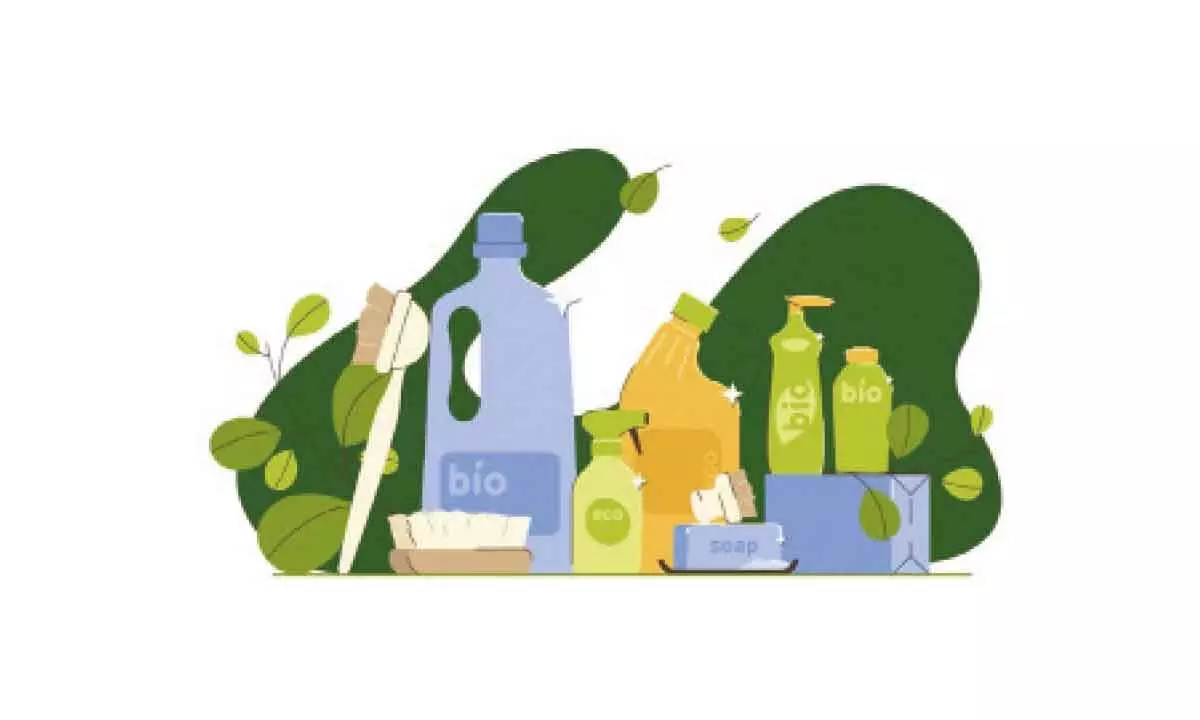Push for bio-cleaning products edging out traditional detergents

Detergent liquid is tipped to command the largest revenue share of the market
The government’s strict monitoring and tightening of regulations on the use of toxic chemicals in household cleaning products around the world is another vital factor that is expected to drive growth in target markets. Government agencies have banned various household cleaners containing toxic chemicals in different countries
Most of the chemical products we depend on for cleaning and maintaining our homes come with dangerous and toxic ingredients that could result in long-term health risks for the entire. Moreover, the manufacture and disposal of these products also contribute greatly to environmental pollution, as contaminants in chemical cleaners can pose detrimental effects to water bodies and marine organisms.
The global natural household cleaners’ market size is valued at $7.8 billion by 2025 and is expected to grow at a compound annual growth rate (CAGR) of 11.1% during the forecast period. Rising awareness regarding health and hygiene, coupled with environmental effects associated with the harmful chemicals present in the cleaning products, is anticipated to be a key factor for the market growth over the forecast period.
The Indian eco-friendly home hygiene products market was valued at $12.93 million in the year FY2021. It is anticipated to grow with a CAGR 32.90% in the forecast years, FY2022-FY2027, to reach $74.05 million by FY2027.
The Indian eco-friendly home hygiene products market is expected to grow on the backbone of factors like increasing concerns among people with regard to safety measures and health benefits of keeping homes clean. Changing lifestyles and markets getting flooded with innovative products is likely to its growth in the next five years.
In addition, these products are manufactured from natural ingredients, including vinegar, natural salt, essential oils, and baking soda, which limit the mixing of toxic products in the open environment. Moreover, these products are considered to be skin-friendly in nature, which, in turn, has increased their application in numerous areas.
Over the past few years, extensive use of conventional household cleaning products like floor, fabric and glass cleaners has resulted in an increase in chronic diseases. The harmful chemicals get absorbed into the skin. When inhaled, this could cause chronic diseases like asthma and skin irritation.
Natural cleaning ingredients last longer and help extend the life of household items. The chances for accidental damage to the items are reduced with natural cleaners compared to cleaners that provide harmful chemical reactions to the skin as well as the items in contact. Most natural cleaners employ plant-based vinegar, oils, and surfactants instead of toxic chemicals making them low in allergens. Such ingredients get easily decomposed when exposed to the environment. These are causing a shift in consumer preference towards natural cleaners.
The government’sstrict monitoring and tightening of regulations on the use of toxic chemicals in household cleaning products around the world is another vital factor that is expected to drive growth in target markets. Government agencies have banned various household cleaners containing toxic chemicals in different countries. Therefore, the development of eco-friendly alternative household cleaning products is increasing all over the globe, thus, creating new growth prospects for the market.
Price restraint pressures, undefined certifications, and standards pose potential growth challenges for the market. Moreover, key players in the industry are reducing their efforts to provide innovative products and benchmarking strategies in the global green home cleaning products industry. In addition, a lack of awareness about the availability and benefits of natural home cleaning products is also expected to hinder market growth.
Furthermore, the presence of toxic chemicals, as well as the bad odour in chemicals has left consumers desiring more from household green cleaning products, increased product innovation, and recyclable packaging offered by market players.














